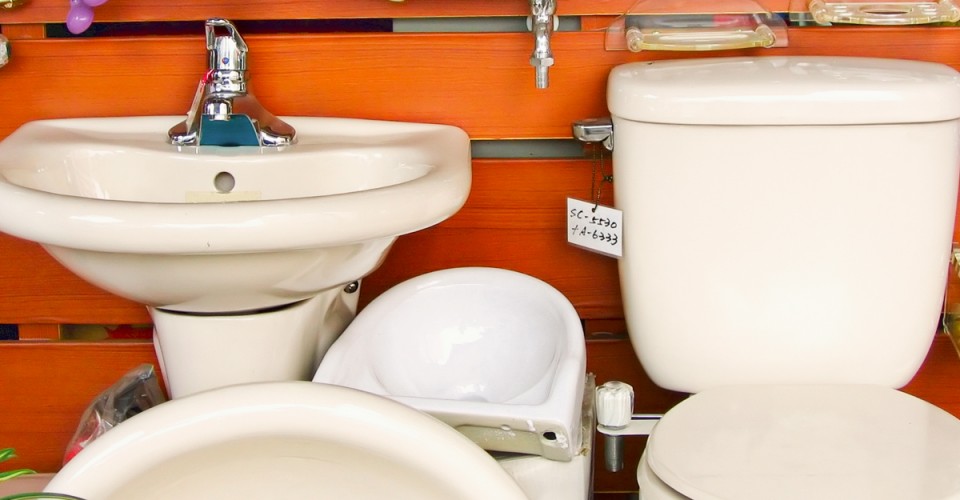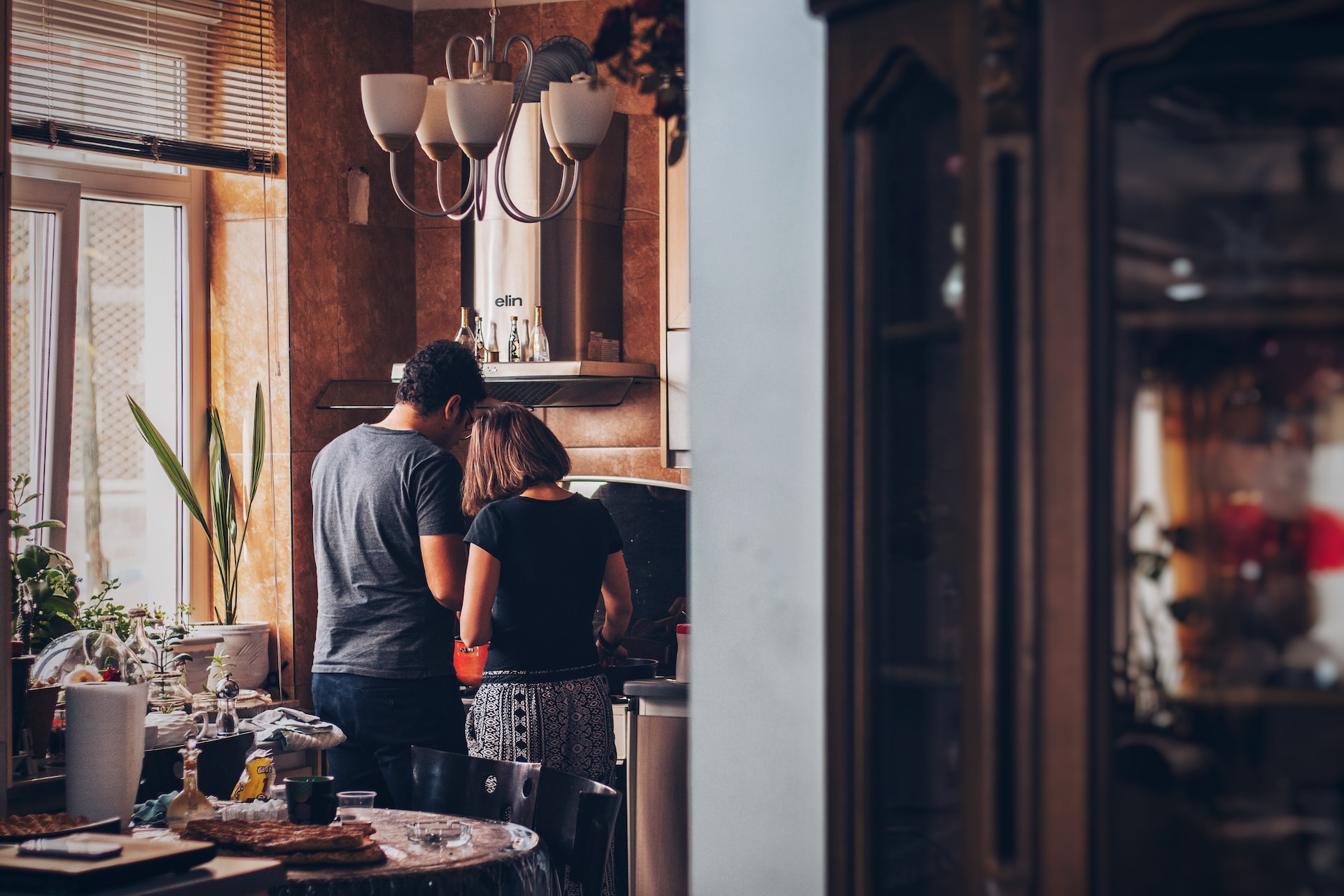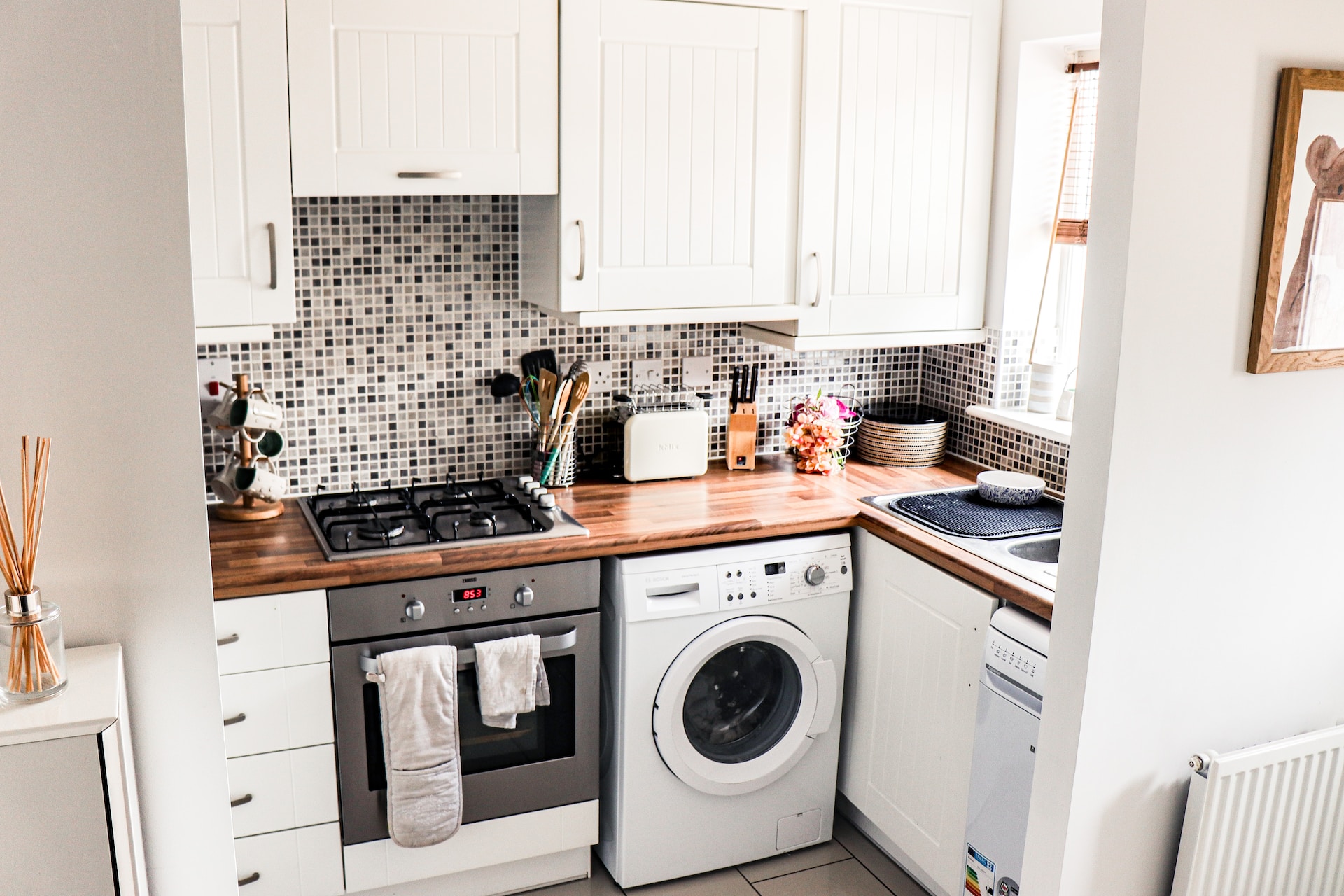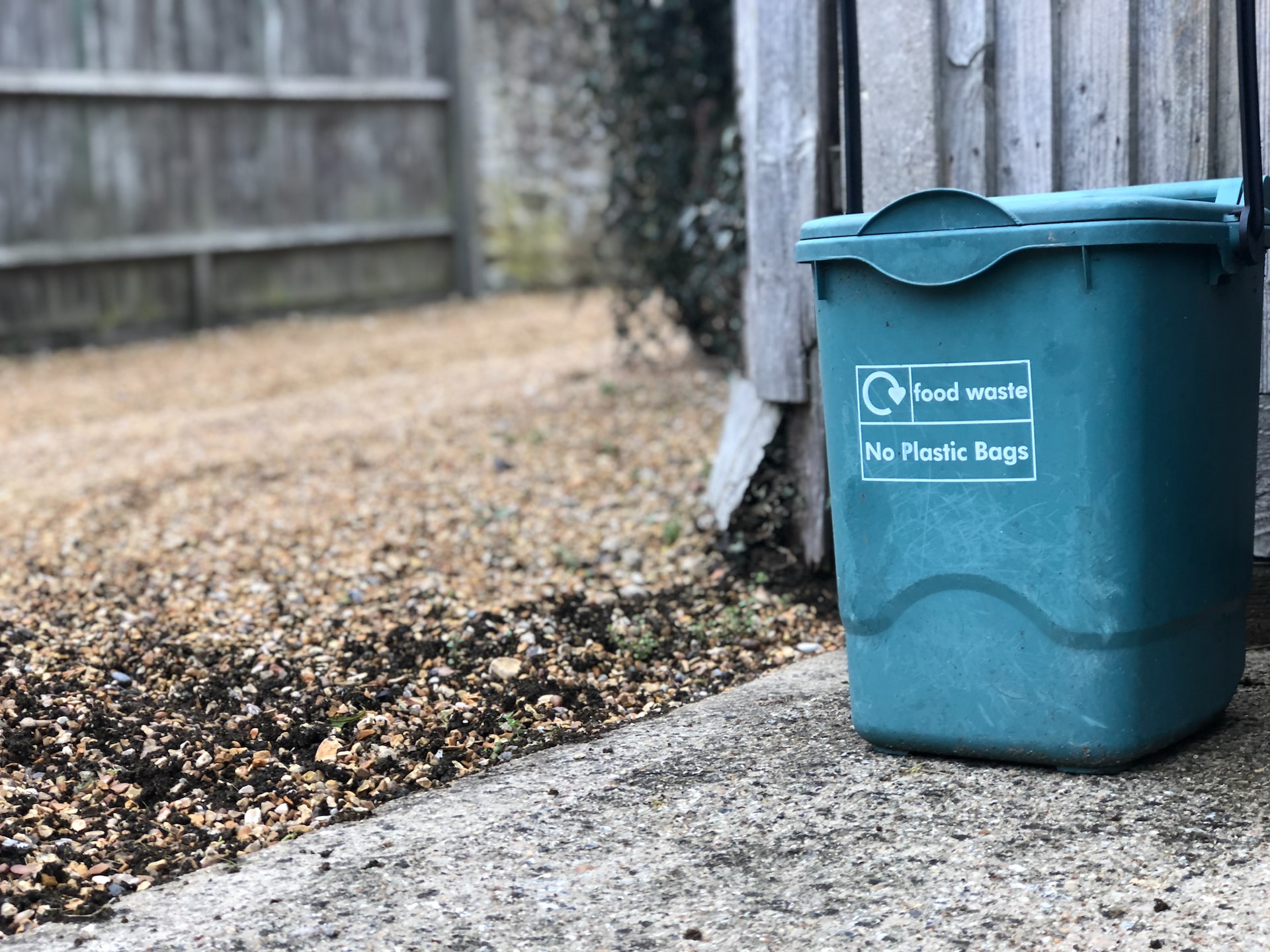Plumbing issues happen to even the newest of homes and every homeowner should know what to do in the event of a plumbing emergency. Aside from keeping your appliances well-maintained, it’s a wise idea to place sensors at each water point in your home (like the Wally product). Very often leaks happen without homeowner’s knowing – slow leaks can wreak havoc on your home. We interviewed several professional plumbers to find out the best steps to take to prevent, or deal with, common plumbing issues. Remember to call a professionally licensed plumber if you feel that your plumbing issues are beyond your expertise.
Leak from Pipes or Valves
When there is a leak in your bathroom or kitchen, know that it usually takes a professional to find out why there is a leak. Naturally, that is obvious when a pipe joint is spewing water, but even then the fix might be tricky.
- Turn off the water supply to the pipe that is leaking.
- If you see water, but can’t logically tell from where it is coming, call a plumber, fast.
- If the leak is from a known source, like a broken seal or pipe, you can usually replace this piece on your own. If you are able to, bring the damaged item into the hardware store so you can quickly find a replacement.
- If the leak is from an appliance, you will most likely need to call the appliance supplier for a replacement part or contact an appliance repair professional in your neighborhood.
Frozen Pipes
When the weather dips below freezing, homeowners dread the possibility of frozen pipes.
- To avoid this costly disaster, set all the faucets in the home to a small drip or trickle. It takes extremely cold temperatures to freeze water that is moving.
- Any pipes, especially outside faucets, which are not insulated need to be wrapped with some sort of insulating material (waterproof, of course).
- Faucets coming out of a wall on the exterior of the home need to be covered with what plumbers call a bell cover.
- Your hardware store or the guys at the big box home improvement stores will show you which insulating products you will need.
- Outside water faucets with pipe exposed need water-proof, temporary, insulating covers.
- When you get caught by surprise and your pipes freeze, act quickly so they do not burst. The solution is intuitive: cut off the water supply and warm the pipes. This can be done with a hairdryer, a heating pad, or a heat lamp, to name a few.
- If some of the rooms in your home are not heated, keeps doors between heated and unheated rooms slightly open.
Clogged Drain
A clogged drain in either your sink or toilet can often be plunged by the homeowner using a plunger or a chemical drain cleaner. If this methods don’t work then call a plumber.
- The old plunger method is the first stage of attack for a non-flushing toilet. Other problems with the toilet are often just a matter of removing the lid from the tank and seeing if everything is connected properly and if the float ball is positioned properly. After that, call a plumber.
- Keep your sink drains open by pouring very hot water down the drain occasionally to remove grease build-ups. If stopped, use a plunger or a chemical drain cleaner.
- Pump the plunger at least 20 times while maintaining a tight seal (petroleum jelly around the plunger cup will increase seal).
- Block off any other outlets with rags.
- Repeat plunging several times as needed.
- Follow the instructions on the label of any chemical cleaner to the letter.
Water Heater
Maintain your water heater by draining water out of tank into a bucket until it is clear once a year.
- If you have a gas water heater, the flame should be blue, not orange.
- If orange, call a plumber or the gas company.
- Practice lighting the pilot light (instructions are on the tank).
- Learn how to adjust the thermostat (instructions are on the tank).
Plumbers make a living from assisting you with your plumbing problems. Choose the right one and you will always have peace of mind.




